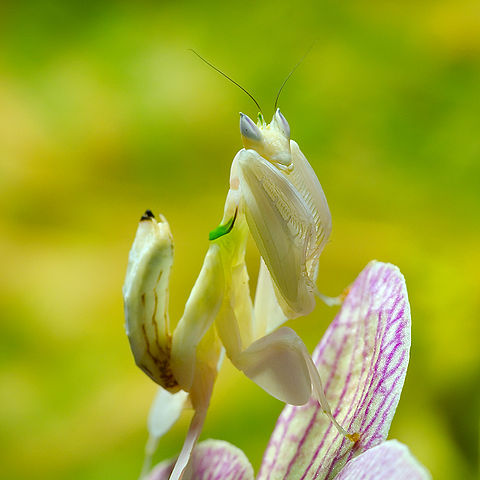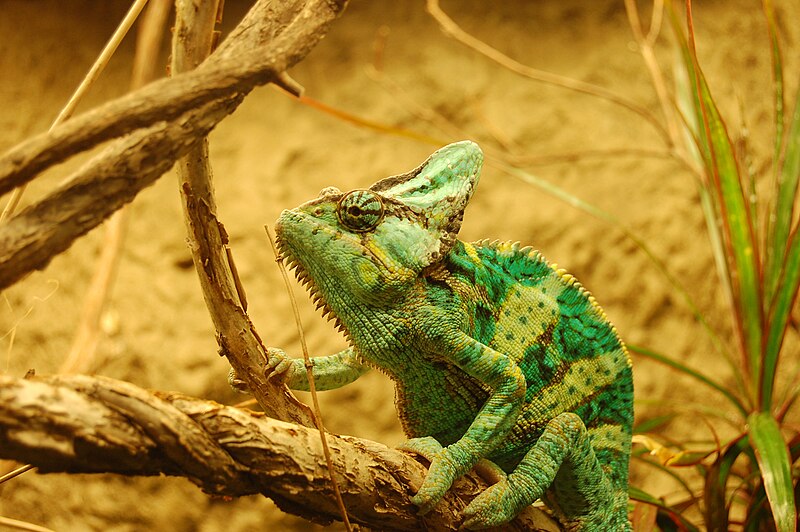From tiny “living jewels” to hulking giants capable of consuming bats, snakes and rodents, the world’s nearly 6,000 frog species present an amazing array of pet-keeping opportunities. With proper care, some may live for decades (to age 50 in the case of the African Bullfrog), and quite a few are active by day and quickly learn to accept food from one’s hand. However, keeping frogs and toads as pets means providing a habitat that meets their specific needs – humidity, temperature, substrate, terrarium size and shape, light, water quality and other conditions must be carefully considered.
Although each has needs that vary from those of others, some general rules have emerged. The following information is drawn from my experiences with hundreds of species over a lifetime of frog-keeping in zoos and at home. It can be applied to most of those that you are likely to encounter. However, details will vary – please post below for information concerning individual species.
Housing
Please remember that your frog’s natural history will dictate the type of terrarium it requires…please post below to discuss the need of individual species, or to share your observations.
Setting up the Terrarium
Active, sedentary, high-strung, aquatic, arboreal and terrestrial frogs and toads utilize their living spaces in different ways. Following are some basic guidelines for popular species. Read More »
 That Reptile Blog – Reptile, Amphibian and Exotic Pet Care and Information
That Reptile Blog – Reptile, Amphibian and Exotic Pet Care and Information





